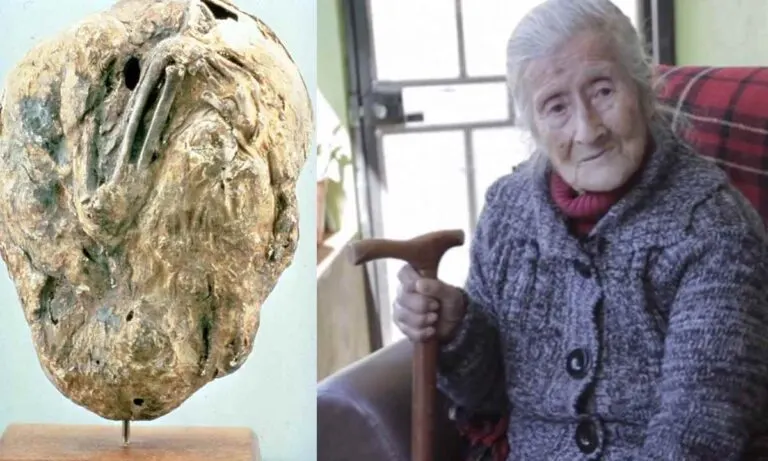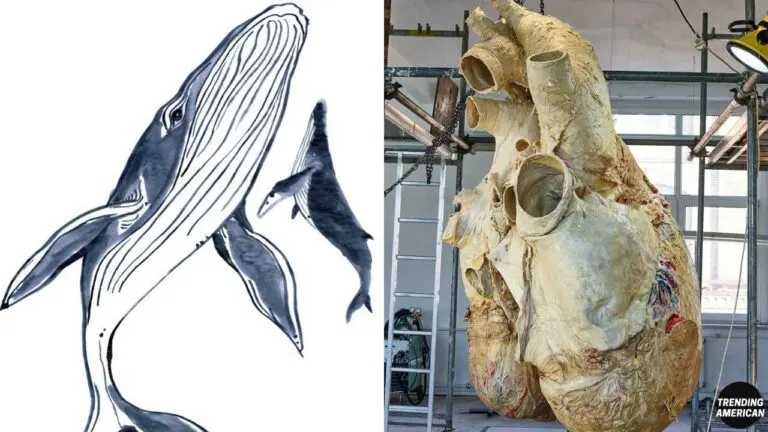One of the World’s Most Expensive Coffees Comes From The Coffee Cherries Pooped By a Civet!
Have you ever heard of a coffee that’s made from animal droppings? It sounds bizarre, but that’s exactly what Kopi Luwak is! Known as one of the world’s most expensive coffees, kopi luwak comes from the droppings of an Asian civet. This Civet is a small mammal found in Asia. Luwak coffee is produced mainly on the Indonesian islands of Sumatra, Java, Bali, Sulawesi, and also in East Timor and the Philippines. Despite its strange origin, kopi luwak is often called the “Holy Grail of coffees” and can cost up to $1,300 per kilogram! Let’s dive into the production of this coffee.
How is Kopi Luwak Produced?
Kopi luwak starts with partially digested coffee cherries that have been eaten and defecated by the Asian palm civet. The Asian palm civet is a nocturnal animal that lives in the forests of Southeast Asia.
In the Civet’s natural habitat, they consume only the ripest and best cherries. As the cherries move through their intestines, they are broken down by digestive enzymes and gastric juices. digestive enzymes and gastric juices go through the endocarp of coffee cherries. They then break down storage proteins, which make shorter peptides. This fermentation process changes the composition of the cherries, which affects the taste of the coffee.
After the civets defecate the cherries, workers collect the feces, clean the beans, and then roast them. In the roasting process, the proteins go through go through a non-enzymatic reaction and turn the coffee into brown.
Kopi luwak is mainly produced in Indonesia. But you can also find it in the Philippines, Thailand, Vietnam, and even Ethiopia. Despite the ethical concerns, the high price of kopi luwak drives its continued production.
How Does It Taste?
The taste of kopi luwak varies greatly. It depends on factors like the type of coffee bean, its origin, and how it is processed, roasted, aged, and brewed. The civet’s diet and health can also influence the flavor. However, opinions about its taste are mixed.
The coffee is often noted as a much less bitter version and is known for its intense aroma. The flavor profile is complex as it is smooth, earthy, and sweet with a hint of chocolate.
However, the Specialty Coffee Association of America (SCAA) and many coffee professionals consider kopi luwak to be more of a novelty than a superior quality coffee. One professional found that kopi luwak scored lower in taste tests compared to other coffees, describing it as having less acidity and flavor but a smoother body.
“general consensus within the industry…it just tastes bad”.
The Specialty Coffee Association of America (SCAA) states.

Controversies
Many critics argue that kopi luwak is not worth the hype. They claim it is purchased more for its unique story than for its taste. Some taste testers have even described it as “thin” or compared it to regular, mediocre coffee brands, stating that it tastes stale and lifeless.
“It was apparent that luwak coffee sold for the story, not superior quality…Using the SCAA cupping scale, the luwak scored two points below the lowest of the other three coffees. It would appear that the luwak processing diminishes good acidity and flavor and adds smoothness to the body, which is what many people seem to note as a positive to the coffee.”
A coffee professional concluded.
Traditional Collection vs. Intensive Farming
Traditionally, kopi luwak was made by collecting feces from wild civets in the forests. However, due to high demand, many producers now use intensive farming methods. Civets are kept in small cages and are often force-fed coffee cherries. This has raised a few ethical concerns. The civets in these farms live in poor conditions, with limited space, inadequate diets, and high mortality rates.
“The conditions are awful, much like battery chickens. The civets are taken from the wild and have to endure horrific conditions. They fight to stay together but they are separated and have to bear a very poor diet in very small cages. There is a high mortality rate and for some species of civet, there’s a real conservation risk. It is spiraling out of control.”
Chris Shepherd, deputy regional director of TRAFFIC in Southeast Asia.

Imitation and Alternative Methods
Commercial Replication Processes
Due to the high price and ethical issues surrounding traditional kopi luwak production, researchers and companies have developed ways to replicate the process without involving civets. For example, the University of Florida has a patent for a method that mimics the digestive process. A company called Afineur uses fermentation technology to achieve a similar effect. Vietnamese companies also produce imitation kopi luwak using enzyme soaks.

These alternatives aim to provide the unique taste of kopi luwak without harming animals. They also help meet the high demand for this exclusive coffee.
Conclusion
Kopi luwak is a unique coffee with an unusual production process that involves the digestive system of the Asian palm civet. While it’s known for its high price and intriguing story, the ethical concerns and mixed reviews about its taste make it a controversial topic. As consumers, it’s important to consider the ethical and environmental impacts of our choices, especially when it comes to specialty coffees like kopi luwak.
Also read,







